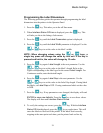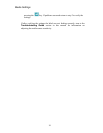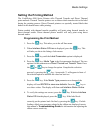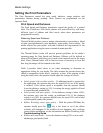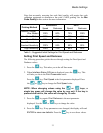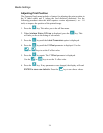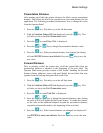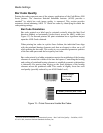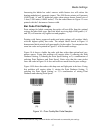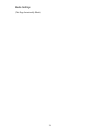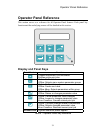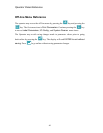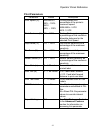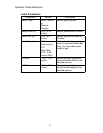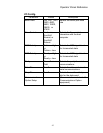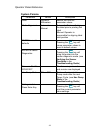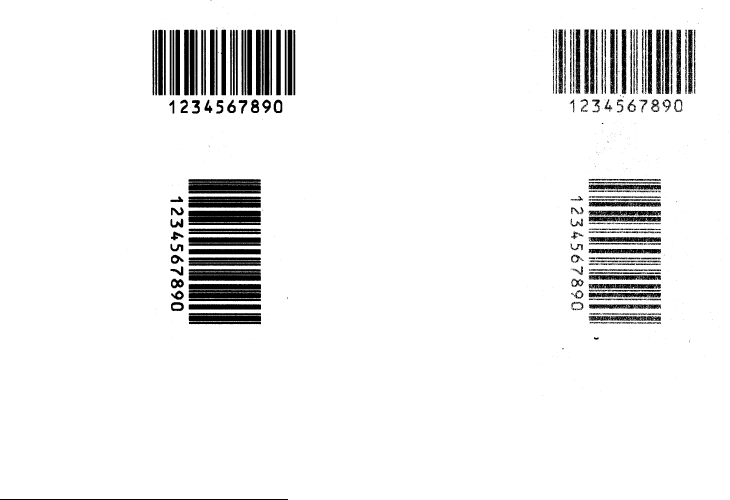
Media Settings
37
Increasing the ladder bar code’s narrow width feature size will reduce the
heating modulation’s geometric impact. The 4500 Series printers will generate
ANSI Grade ‘A’ and ‘B’ ladder bar codes when using a narrow feature size of
3 dots (3/300 inches, 0.0099 inches)
3
. The bar codes shown in Figure 13 were
printed with the 3-dot narrow feature width.
Bar Code Print Settings
Print settings for labels containing bar codes will not differ from the optimal
settings for other label types. Bar code labels receiving high ANSI grades (‘A’
and ‘B’) will contain very legible text and graphics.
Printing with factory approved media and print settings will produce labels
with the highest quality bar codes. The sample labels shown in Figure 14
demonstrate labels printed with poor quality for bar codes. For comparison the
same bar codes were printed in Figure 13 with favorable settings.
Figure 14-A shows a ladder bar code with bars wider than optimal and very
narrow spaces. Fixing this problem will require either 1) reducing the Print
Darkness Setting, 2) reducing the Print Speed Setting, or 3) a combination of
reducing Print Darkness and Print Speed. Notice also that the same picket
fence bar code in Figure 14-A does not suffer as much from the poor settings.
Figure 14-B shows bar codes with drop-outs and light print in the bars. Fixing
this problem will require either 1) raising the Print Darkness Setting, 2)
reducing the Print Speed Setting, or 3) a combination of raising Print
Darkness and reducing Print Speed.
Figure 14 – Poor Quality Bar Code Samples
3
These results obtained using Datasouth Media and Datasouth recommended print settings.
(A)
(B)



